This article was co-authored by Anthony Stark, EMR. Anthony Stark is a certified EMR (Emergency Medical Responder) in British Columbia, Canada. With over 11 years of experience, he has worked as an industrial medic and provided urban and rural paramedic services. He currently works for Mountain View Safety Services and previously worked for the British Columbia Ambulance Service. Anthony has a Bachelor of Engineering in Electrical, Electronics, and Communications Engineering from the Georgia Institute of Technology. He has completed the EMP Canada EMT Course and Swiftwater Awareness Training associated with the British Columbia Ambulance Service.
This article has been viewed 65,874 times.
A paintball welt or bruise is basically the pooling of blood in a specific area of the body as a result of an impact during the game. Welts or bruises become evident when the capillaries (tiny blood vessels) break due to a shock or blow to the skin. Characteristics of bruises differ over time, and it's possible to tell how old the bruise is just by observing its color. Normally, the affected skin will return to its natural appearance about two to three weeks after the injury. Generally there is no way to eliminate a paintball welt, you can only aid your body's natural healing process and relieve pain.
Steps
Treating a Welt
-
1Understand when to see a doctor. A paintball welt usually does not require any medical attention. However, if you notice any of the following symptoms developing make an appointment with your regular doctor:
- Very painful swelling around the welt
- A welt that does not improve within a week
- A lump forming around the welt
- Any welts to the nose or eye area
- A raised area with extreme discoloration
- A bruise that shows the pores of the skin (looks polka-dotted)
- If you experience abnormal bleeding elsewhere, such as from your nose or in urine or stools
-
2Wash the bruise with soap and water. As soon as you notice a paintball welt, take time to wash it with soap and water. Any dirt and debris caught in the bruise should be removed to prevent an infection. Pat the area dry when you're done washing with a clean paper towel. Rubbing the area dry could cause irritation and make the welt worse. It's not a bad idea to use rubbing alcohol or Neosporin to make sure the wound is clean, though you should not use alcohol on an open cut or wound.Advertisement
-
3Apply a cold and hot compress. Apply a cold compress to the welt within the first 48 hours after the injury occurs. The cold temperature causes the blood vessels to constrict, therefore reducing blood flow and inflammation in the affected area.After that, apply a hot compress. This can help reduce pain and swelling.
- You can buy an ice pack at a drug store. Just be sure not to apply it directly to your skin. Wrap it in a towel beforehand. You can also put ice cubes in a plastic bag or use a bag of frozen vegetables.[1]
- Make sure the ice or cold pack is wrapped in a towel or cloth to protect yourself from frostbite.
- You should apply a cold compress for 10 minutes at a time a few times a day as symptoms persist.[2]
- After 48 hours, run warm water over a washcloth and then apply it to the bruise.
-
4Take over-the-counter painkillers. A welt can be treated with over-the-counter pain medications. This can reduce discomfort caused by the wound as well as reduce swelling and inflammation.
- Acetaminophen (Tylenol) or ibuprofen (Advil, Motrin IB) are probably your best options for over-the-counter pain relief and reduction in swelling. Follow dosage instructions on the package.[3]
- Before taking an over-the-counter medications, you should always talk to a pharmacist to make sure the meds won't interact negatively with any existing medication you're taking.[4]
-
5Rest and elevate the injury. It is recommended to stop activities that may cause further injury to the affected area for the first 24 to 48 hours. This helps to promote the body’s healing process without causing further injury or damage to the affected tissue and muscles. Ideally, you should elevate the affected area over your heart.
Trying Unverified Home Remedies
-
1Try banana peels or raw eggs. Some people claim using banana peels and raw eggs resulted in improvement of welts and bruises. If your welt is not healing in response to other treatments, try rubbing the peel of a ripe banana on your welt or breaking a raw egg over the wound.
-
2Use Vitamin K and C. Some anecdotal evidence indicates increasing your intake of vitamin K and C can help heal a welt. This may be because both vitamins have a positive effect on the immune system.
- Stop by your local pharmacy and see if they carry Vitamin K creams. Ask for instructions on how to apply. Some people find Vitamin K cuts down on healing time.
- Vitamin C is found in foods like citrus fruits, pineapples, and apples. Upping your intake of natural Vitamin C may have some effect on the healing time of a welt.
-
3Take a bath with Epsom salt. You can buy Epsom salt at most drug stores and supermarkets. Run a warm bath and add a cup or so of Epsom salt. Let it dissolve and soak for about 20 minutes.
- Adding essential oils to the bath may also be beneficial. Try lavender or geranium.
Preventing Paintball Welts
-
1Examine yourself after playing paintball. The sooner you treat a paintball welt, the better. After you finish playing paintball, examine your body for any signs of wounds or injuries. Clean them and begin icing as soon as possible.
-
2Stay sober when playing paintball. You should not be under the influence of alcohol or any other mind altering drugs while playing paintball. This can lower your inhibitions and overall coordination, increasing the likelihood of accidents. You may also use poor judgment when inebriated, neglecting to use proper safety equipment.[5]
-
3Make sure the terrain is safe. Solid ground is important to prevent injury during paintball. Make sure the area where you're playing is safe.
- Do not play paintball if it's rained recently as wet terrain can be dangerous.
- Choose flat, open terrain over wooded areas with lots of hills and cliffs.[6]
-
4Use protective gear. Paintballs are hard and can cause serious injury without proper padding. Paintball padding should over your arms, legs, hands, feet, chest, face, and eyes. While you may still experience some welts and bruises with padding, protection can prevent serious injury.[7]
References
- ↑ https://my.clevelandclinic.org/health/diseases_conditions/hic-bruises
- ↑ https://my.clevelandclinic.org/health/diseases_conditions/hic-bruises
- ↑ https://paintballmaverick.com/how-to-reduce-paintball-pain-15-effective-tips/
- ↑ https://www.fda.gov/drugs/resources-you-drugs/drug-interactions-what-you-should-know
- ↑ http://www.rospa.com/leisure-safety/advice/paintball/
- ↑ http://www.rospa.com/leisure-safety/advice/paintball/
- ↑ http://www.rospa.com/leisure-safety/advice/paintball/
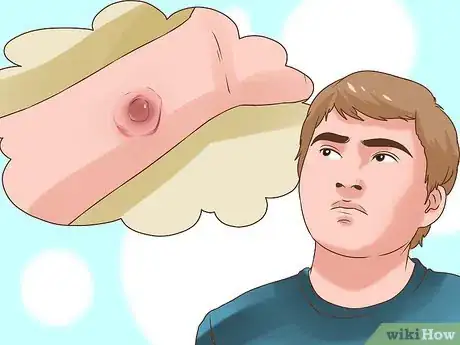
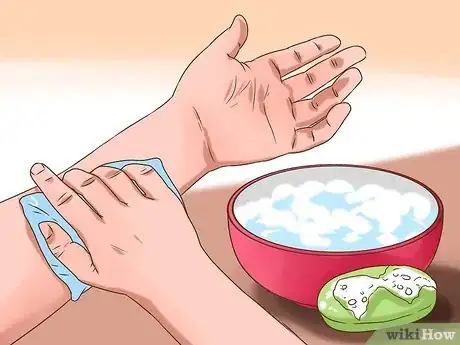
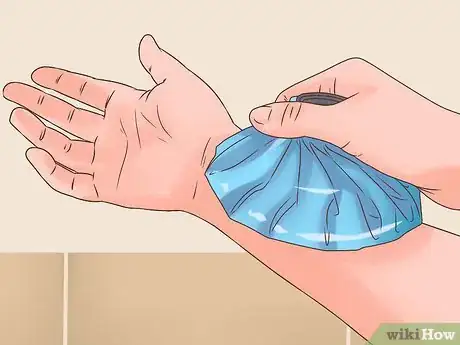
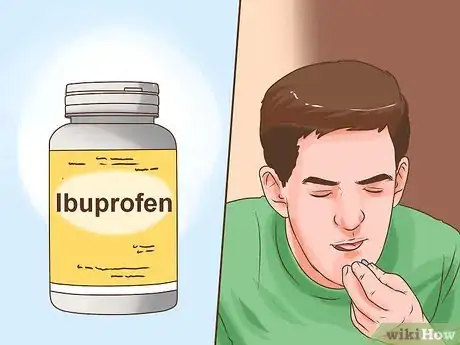
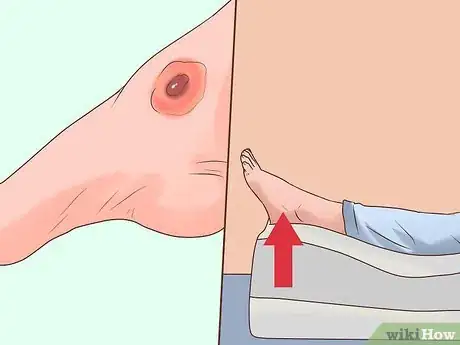
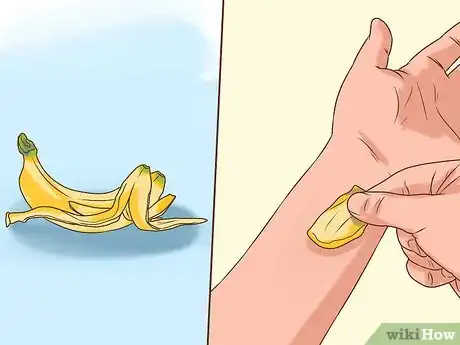
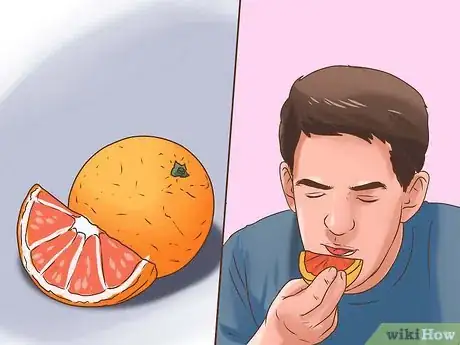
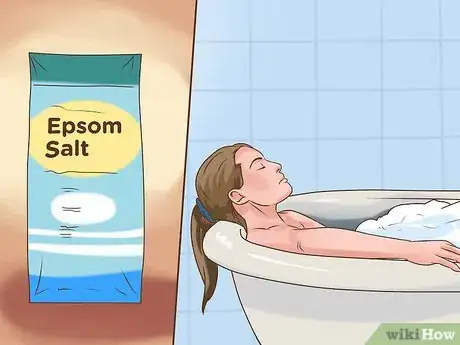


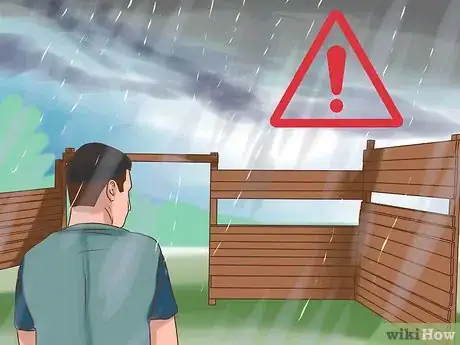
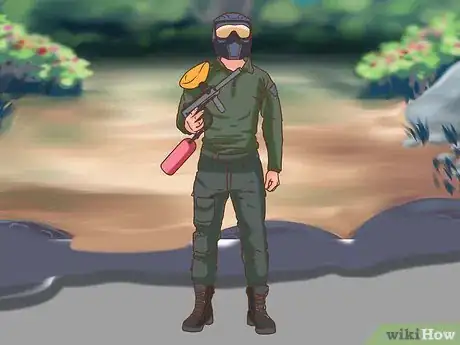
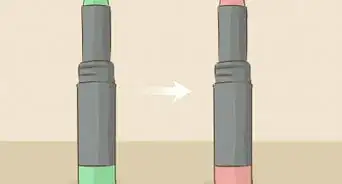
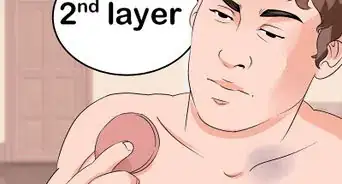
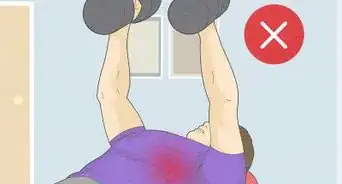

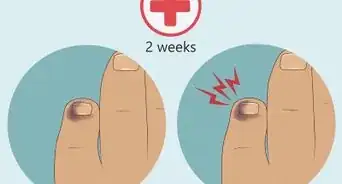
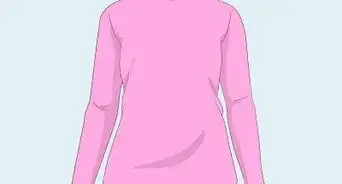
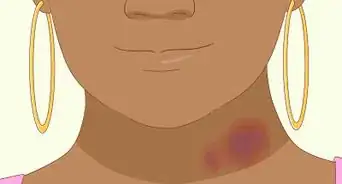
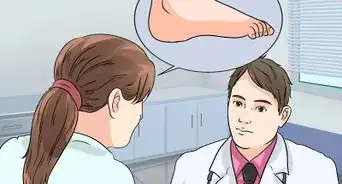
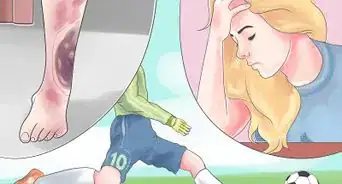
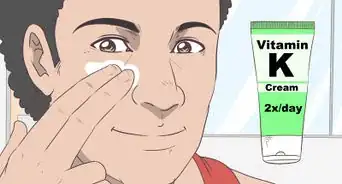
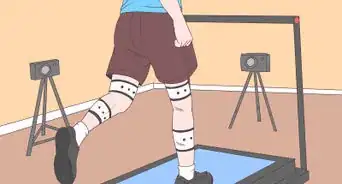

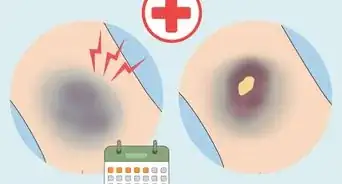
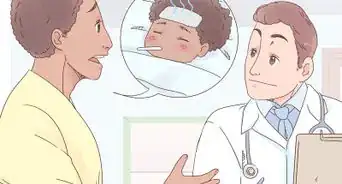








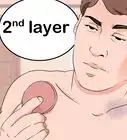





































Medical Disclaimer
The content of this article is not intended to be a substitute for professional medical advice, examination, diagnosis, or treatment. You should always contact your doctor or other qualified healthcare professional before starting, changing, or stopping any kind of health treatment.
Read More...